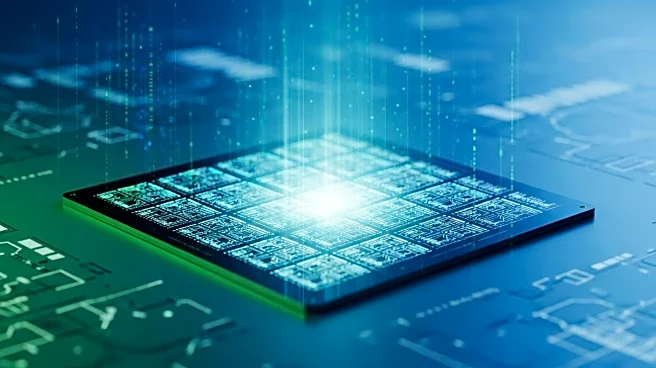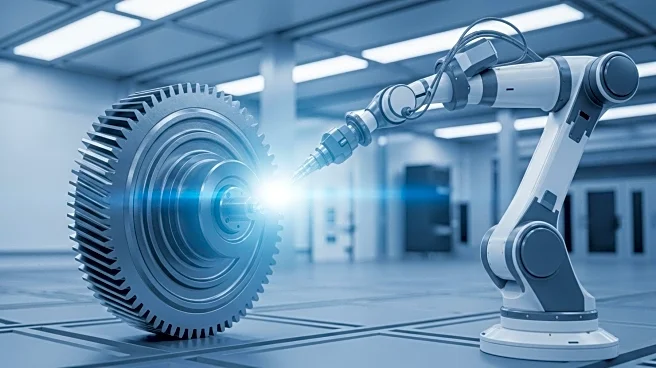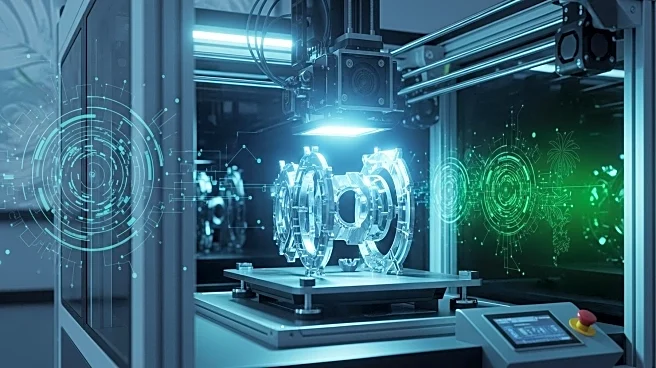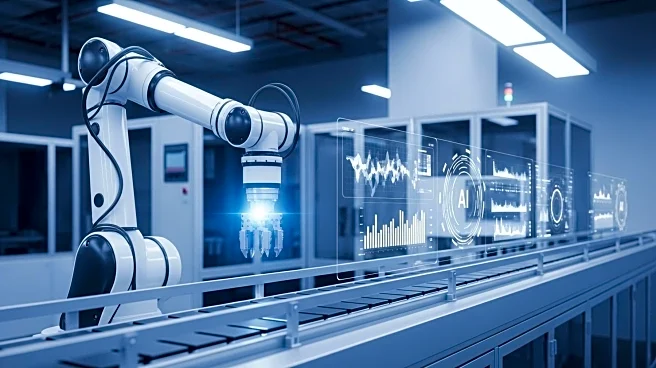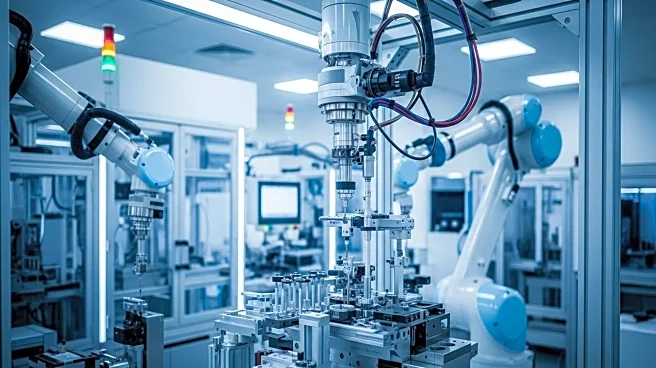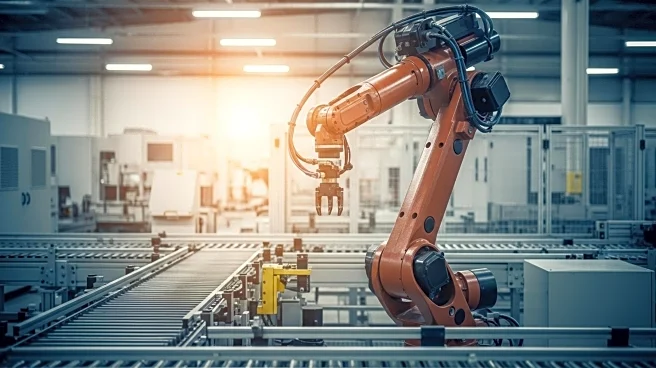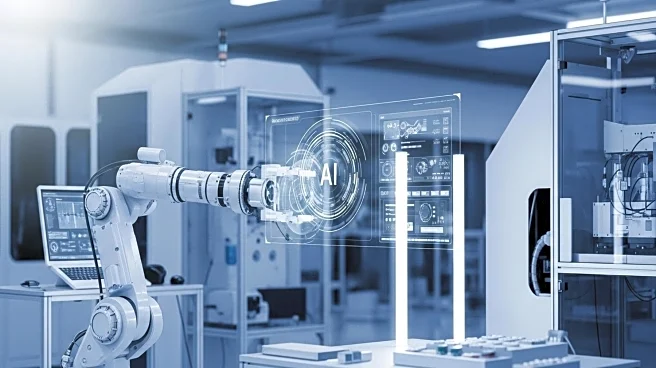What's Happening?
The Semiconductor and Electronics Industry Advisory Council (SEIAC) has announced a five-year workforce development plan aimed at boosting the Philippines' semiconductor and electronics sector. The plan focuses on creating a strong school-to-industry pipeline through collaboration with educational institutions and industry partners. Flexible learning pathways, including ladderized programs and micro-credentials, are proposed to equip Filipinos with high-value technical skills. The initiative also includes developing Strategic Economic Zones and streamlining regulations to improve the investment climate.
Why It's Important?
The SEIAC's workforce development plan is crucial for strengthening the Philippines' position in the global semiconductor industry. By investing in human capital and enhancing technical skills, the country aims to become a competitive hub for semiconductor manufacturing and innovation. The plan's focus on improving the investment climate and participating in international platforms like SEMICON Europa 2025 could diversify export destinations and reduce reliance on traditional markets. This strategic move aligns with global demand for alternative suppliers amid geopolitical shifts.
What's Next?
The SEIAC will continue refining its action plans for final adoption, ensuring alignment among government agencies to position the Philippines as a competitive hub for semiconductor and electronics manufacturing. The pilot project at New Clark City will provide insights for a nationwide rollout of Strategic Economic Zones. The council's participation in SEMICON Europa 2025 will showcase the Philippines' semiconductor industry on a global stage.
Beyond the Headlines
The focus on workforce development and investment climate improvement highlights the Philippines' commitment to long-term growth in the semiconductor sector. By nurturing homegrown talent and encouraging careers within the country, the initiative supports national development and economic resilience. The plan's emphasis on collaboration with educational institutions reflects a broader trend of integrating education and industry to meet global standards.



